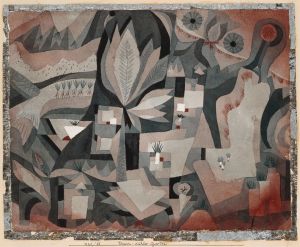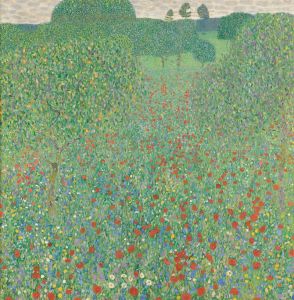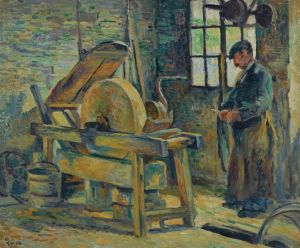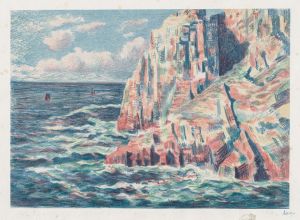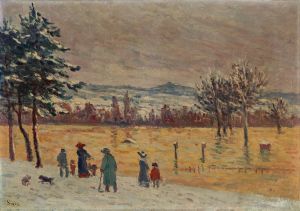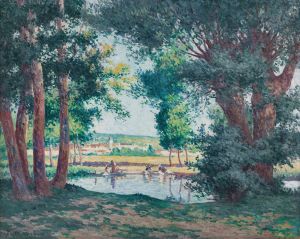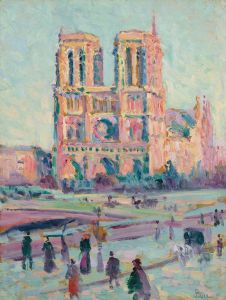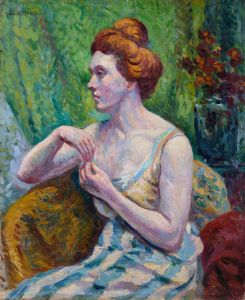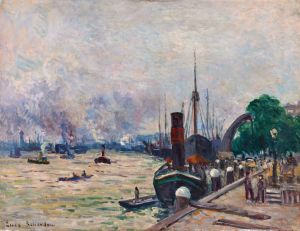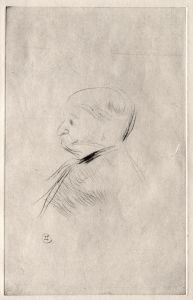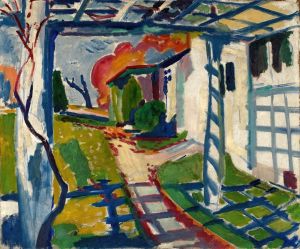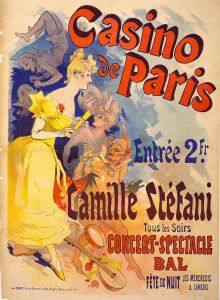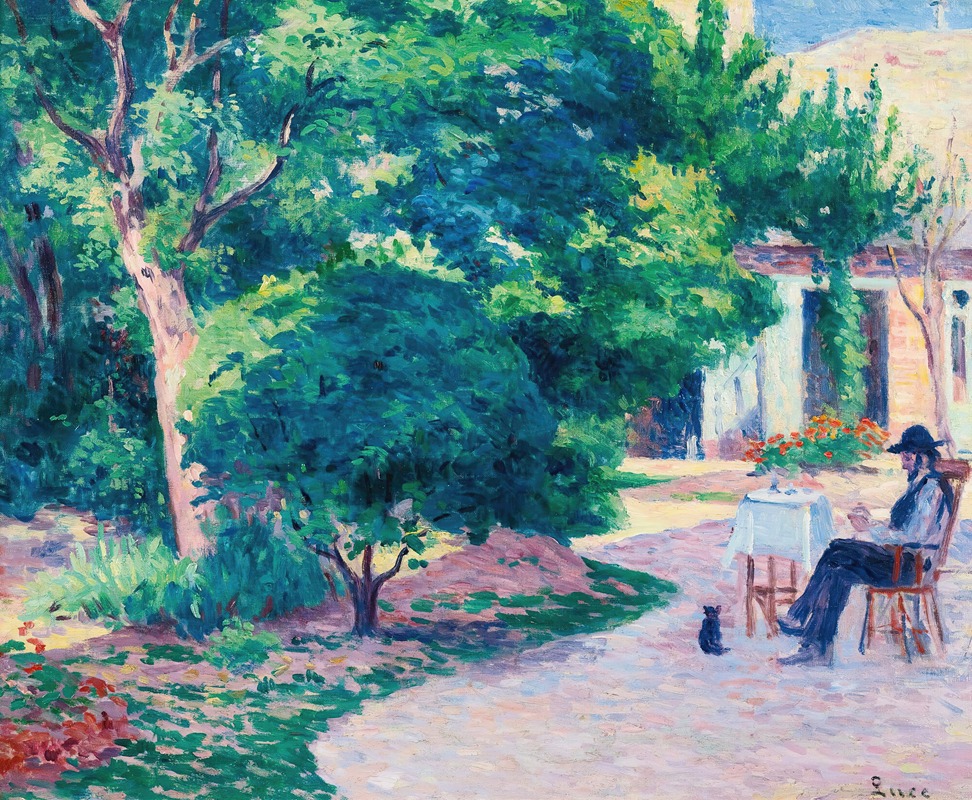
Paris, Le Jardin D’alexandre Charpentier Au Hameau Boileau
A hand-painted replica of Maximilien Luce’s masterpiece Paris, Le Jardin D’alexandre Charpentier Au Hameau Boileau, meticulously crafted by professional artists to capture the true essence of the original. Each piece is created with museum-quality canvas and rare mineral pigments, carefully painted by experienced artists with delicate brushstrokes and rich, layered colors to perfectly recreate the texture of the original artwork. Unlike machine-printed reproductions, this hand-painted version brings the painting to life, infused with the artist’s emotions and skill in every stroke. Whether for personal collection or home decoration, it instantly elevates the artistic atmosphere of any space.
Maximilien Luce was a prominent French Neo-Impressionist painter known for his contributions to the Pointillist movement, which was characterized by the use of small, distinct dots of color applied in patterns to form an image. Born in Paris in 1858, Luce was initially trained as an engraver before turning to painting. He became associated with the Neo-Impressionists, a group that included artists like Georges Seurat and Paul Signac, who were interested in the scientific study of color and light.
One of Luce's works, "Paris, Le Jardin D’alexandre Charpentier Au Hameau Boileau," reflects his interest in capturing the essence of urban and rural life through the lens of Neo-Impressionism. Alexandre Charpentier, a contemporary of Luce, was a notable sculptor and craftsman, and the garden mentioned in the painting's title likely refers to a space associated with Charpentier. The Hameau Boileau, located in the 16th arrondissement of Paris, was known for its picturesque and somewhat rustic charm, providing a serene escape from the bustling city life.
Luce's technique in this painting would have involved the meticulous application of small, individual brushstrokes or dots of pure color. This method was intended to engage the viewer's eye in mixing the colors optically, rather than physically blending pigments on the canvas. The result is a vibrant surface that captures the play of light and shadow, a hallmark of the Neo-Impressionist style.
The painting likely depicts a tranquil scene within the garden, capturing the interplay of natural light with the foliage and perhaps including figures at leisure, a common theme in Luce's work. His compositions often reflect a harmonious balance between human activity and the natural environment, emphasizing the peaceful coexistence of the two.
Luce's work was deeply influenced by his political beliefs; he was an anarchist and often depicted scenes of everyday life, focusing on the working class and their environments. While "Paris, Le Jardin D’alexandre Charpentier Au Hameau Boileau" may not directly address these themes, it fits within his broader oeuvre that celebrates the beauty and dignity of ordinary settings and people.
Throughout his career, Luce remained committed to the ideals of Neo-Impressionism, even as other movements gained popularity. His dedication to the technique and its underlying principles of color theory and light perception is evident in this work. The painting serves as a testament to his skill in capturing the subtleties of light and atmosphere, as well as his ability to convey a sense of place and mood.
Maximilien Luce's contributions to art extend beyond his paintings; he was also involved in printmaking and illustration, further showcasing his versatility as an artist. His works are held in high regard and can be found in major museums and collections worldwide, continuing to inspire appreciation for the Neo-Impressionist movement and its innovative approach to depicting the world.





